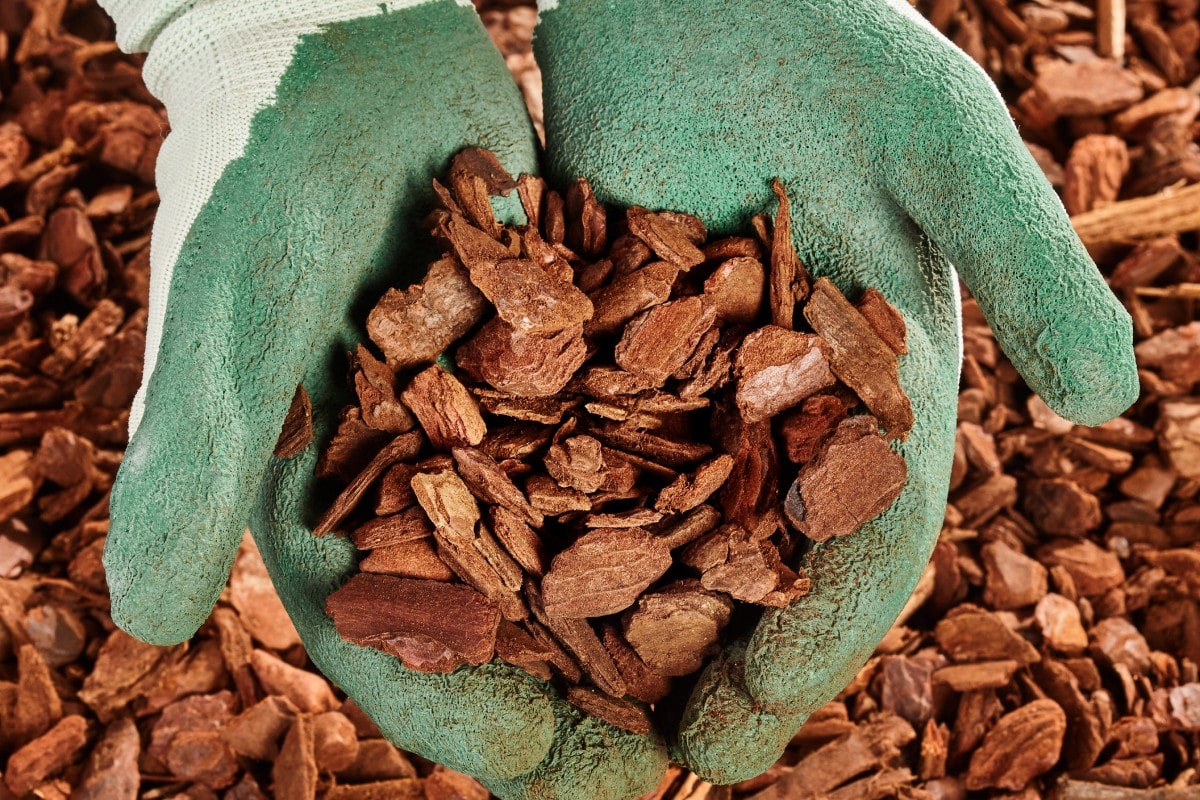
A beautifully designed garden is more than just a collection of plants; it’s a sensory experience. One of the most effective ways to elevate your outdoor space from ordinary to extraordinary is by incorporating contrast and texture. These design elements work together to create visual interest, depth, and a dynamic atmosphere that draws the eye and invites exploration.
While color is often the first thing people think of, texture and contrast are the secret ingredients that give a landscape its character and sophistication. This guide will explore creative and practical ways to introduce these vital elements into your garden, helping you craft a space that is as captivating as it is beautiful.
1. Weave a Tapestry with Varied Plant Foliage
The plant world offers an endless palette of textures and forms, making it the perfect starting point for creating contrast. Instead of focusing solely on flower color, pay close attention to the foliage. The size, shape, and surface of leaves can create a stunning visual tapestry when thoughtfully combined. For instance, you can pair the bold, broad leaves of a Hosta with the delicate, feathery fronds of a fern. This juxtaposition immediately creates a point of interest.
To maximize this effect, think in layers. Use fine-textured plants like ornamental grasses (e.g., Japanese Forest Grass) or threadleaf coreopsis to create a soft, airy backdrop. Then, introduce medium-textured plants like hydrangeas or daylilies. Finally, add coarse-textured plants with large, dramatic leaves, such as elephant ears or canna lilies, as focal points. This layering technique builds depth and complexity. Also, consider the leaf surface—the glossy sheen of a holly leaf next to the matte, fuzzy surface of a lamb’s ear creates a subtle yet powerful contrast that adds another layer of richness to your garden design.
2. Introduce Structural Hardscaping Elements
Hardscaping provides the “bones” of your garden and offers a fantastic opportunity to introduce strong contrast and texture. The interplay between soft, organic plant life and hard, structured materials creates a balanced and harmonious landscape. Think about incorporating pathways, retaining walls, patios, or decorative boulders. A winding flagstone path, with its irregular shapes and rustic texture, can break up a large expanse of lawn or a soft bed of groundcover. The smooth, cool surface of a modern concrete patio can provide a striking contrast to the vibrant, lush plantings that surround it.
When selecting materials, consider their inherent texture. Rough-hewn stone walls bring a natural, rugged feel, while sleek metal planters or edging can introduce a modern, industrial vibe.
Even the choice of gravel for a path can make a difference; smooth, rounded river rocks create a different sensory experience underfoot than sharp, angular crushed stone. By strategically placing these hardscape elements, you not only add functionality to your garden but also create a compelling visual dialogue between the natural and the man-made.
3. Use Mulch and Groundcovers for Textural Ground Play
The ground plane is often overlooked, but it’s a vast canvas for adding texture and color contrast. Different types of mulch and groundcovers can dramatically alter the look and feel of your garden beds. For example, a layer of dark, finely shredded brown mulch in Salt Lake City can create a rich, uniform backdrop that makes the green foliage and bright flowers of your plants pop. The deep color provides a powerful contrast, while the fine texture helps to unify the planting bed. Alternatively, a chunkier bark mulch offers a more rustic and textured look that can complement a woodland or naturalistic garden style.
Beyond mulch, living groundcovers are an excellent way to introduce texture. A dense mat of creeping thyme, with its tiny leaves and soft texture, can create a fragrant carpet between stepping stones. For shady areas, the glossy, rounded leaves of European wild ginger provide a smooth, reflective surface that contrasts beautifully with the rough bark of nearby trees. By thinking of the ground as another layer in your design, you can use mulch and groundcovers to enhance contrast, suppress weeds, and add another dimension of interest to your overall landscape.
4. Incorporate Decorative Accents and Water Features
Decorative elements are the finishing touches that can tie your garden design together and introduce unique points of contrast and texture. A weathered ceramic pot, a sleek metal sculpture, or a rustic wooden bench can all serve as focal points that draw the eye and add personality to your space. The smooth, glazed surface of a ceramic pot can be a striking counterpoint to the rough texture of a stone wall, while a rusted corten steel planter introduces both a unique color and a granular texture.
Water features are particularly effective at adding both texture and sensory experience. The smooth, reflective surface of a still pond can create a sense of tranquility and mirror the sky and surrounding plants. In contrast, the dynamic movement and sound of a cascading fountain or bubbling rock introduce energy and a completely different textural element. The way light plays on the moving water creates a constant source of visual interest. These decorative accents allow you to inject your personal style into the garden while strategically enhancing its textural and contrasting elements, making the space truly your own.
By thoughtfully combining these strategies, you can transform your outdoor area into a multi-dimensional and visually stimulating retreat. Experimenting with different combinations of plants, materials, and decorative items will help you discover the perfect balance of contrast and texture that reflects your style and brings your garden to life.